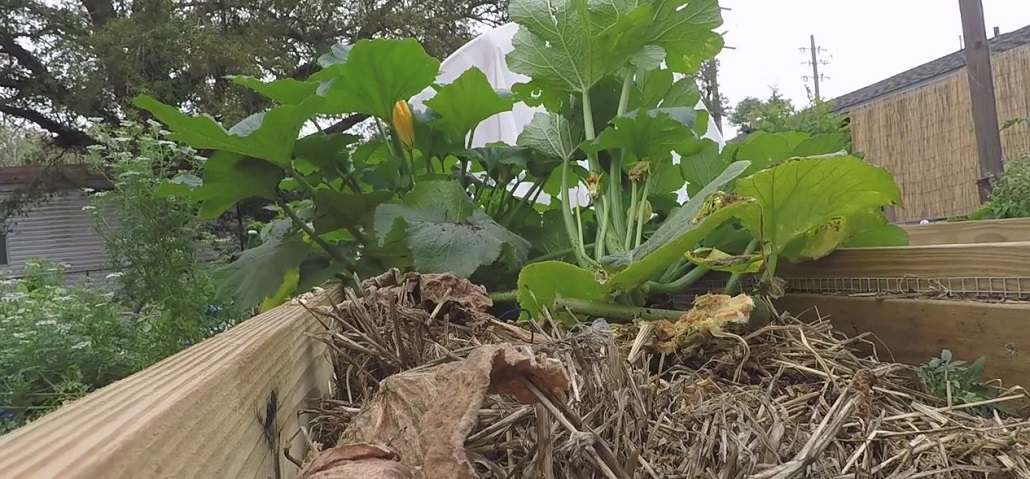- USA Wildlife Removal Education Guide - Facts about the Mole; the Animal That Ruins Your Garden
Facts about the Mole; the Animal That Ruins Your Garden

How Does a Mole Look Like?
It is not very hard to identify moles from other animals as they have certain distinct features. They are usually small animals about 15 cm in height with broad paws and stout forearms. Their broad paws and the strong claws help them to dig holes with ease. These also help them to move around very fast without a trouble. The long pointed nose is the distinct feature that helps you to recognize moles instantly. Their body is cylindrical in shape and is covered with dark and thick fur.
Biology and Life Cycle
Moles belong to the category of mammals and are not nocturnal contrary to the popular belief. The period between March to May is the breeding time of moles, and the gestation is for about 30 days. A mole can give birth to a litter of 3-6 baby moles that take around 4-5 weeks to become independent. During other times, moles lead a solitary life in their own burrows with very less interaction with others. The average lifespan of a mole tends to be 5 years given the fact that it may change due to natural conditions.
Diet of a Mole
Moles are identified as carnivore animals and usually feed on insects found underground. Usually, their diet consists of ants, worms, centipedes, snails, beetles and other kinds of insects. However, there is a specific type of mole that feeds on small fish in addition to insects. Large species of moles also feed in baby mice and shrews. Moles tend to collect insects and store them in abundance so that they won’t run out of food during winter. They construct underground larders, especially for this purpose.
Habitat and Behaviors
Moles are animals that spend part of their time digging holes in search of food to eat and store. In other times, they remain inside their underground burrows and hibernate. You will notice that their tunnels create ridges and mounds in gardens. Since each mole lives a secluded life of its own, they have a marked territory as their shelter. You will find moles almost everywhere as they are common types of species. Any place that can be dug well is an attractive place for moles as these nourished places help them survive well.
Therefore, it is important to know the unique appearance and other characteristics of moles in order to spot them. If your backyard or garden is troubled by moles, you should take necessary actions to get rid of them. Otherwise, their burrows and habits can actually reduce the fertility of the soil. If you need assistance to get rid of moles, seek the help of a wildlife removal service.
If you need help, we service the entire USA! Click here for a wildlife removal specialist in your town!
Learn more about Mole Removal or solve a problem yourself with my How To Get Rid Of Moles guide.

